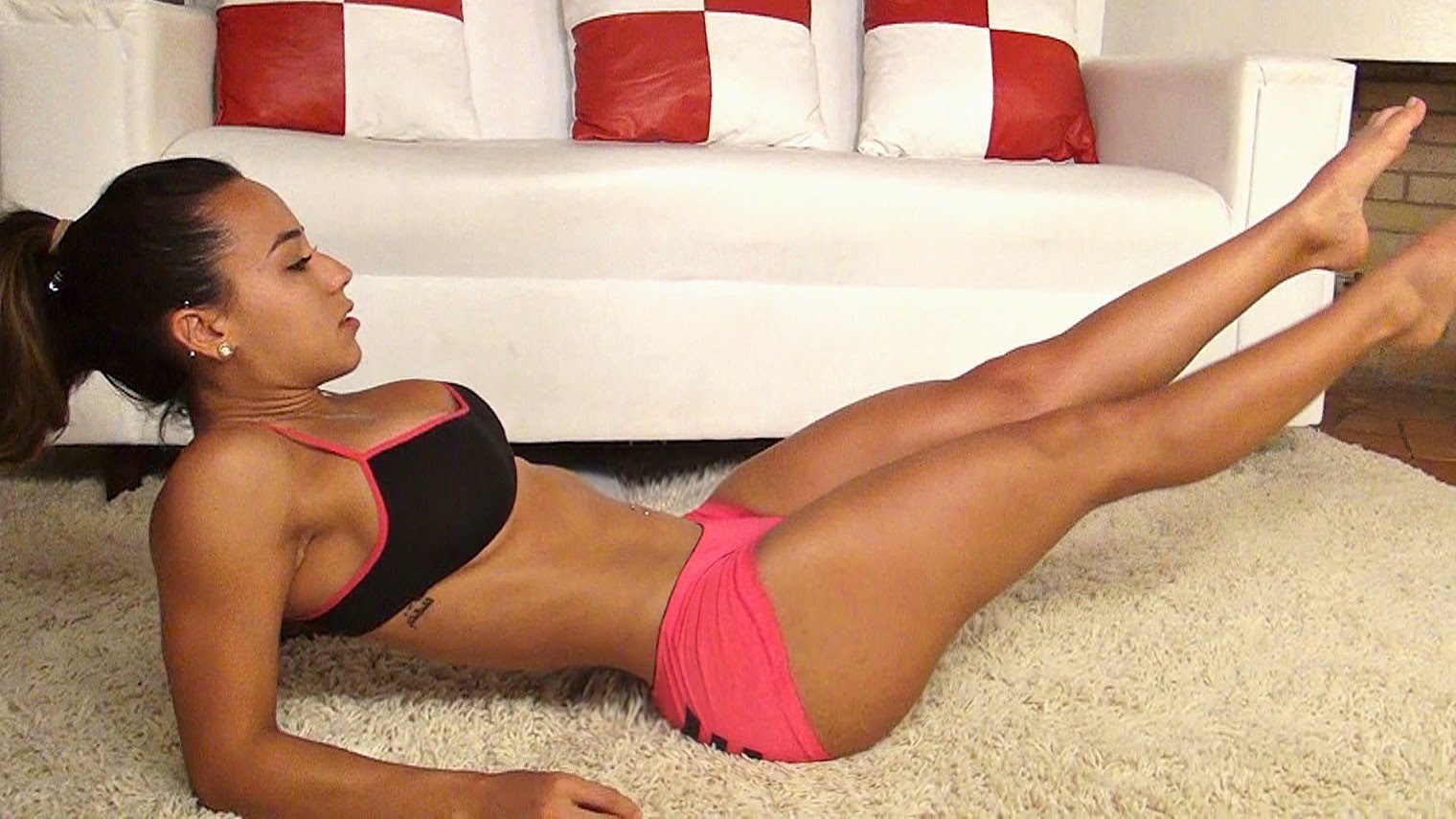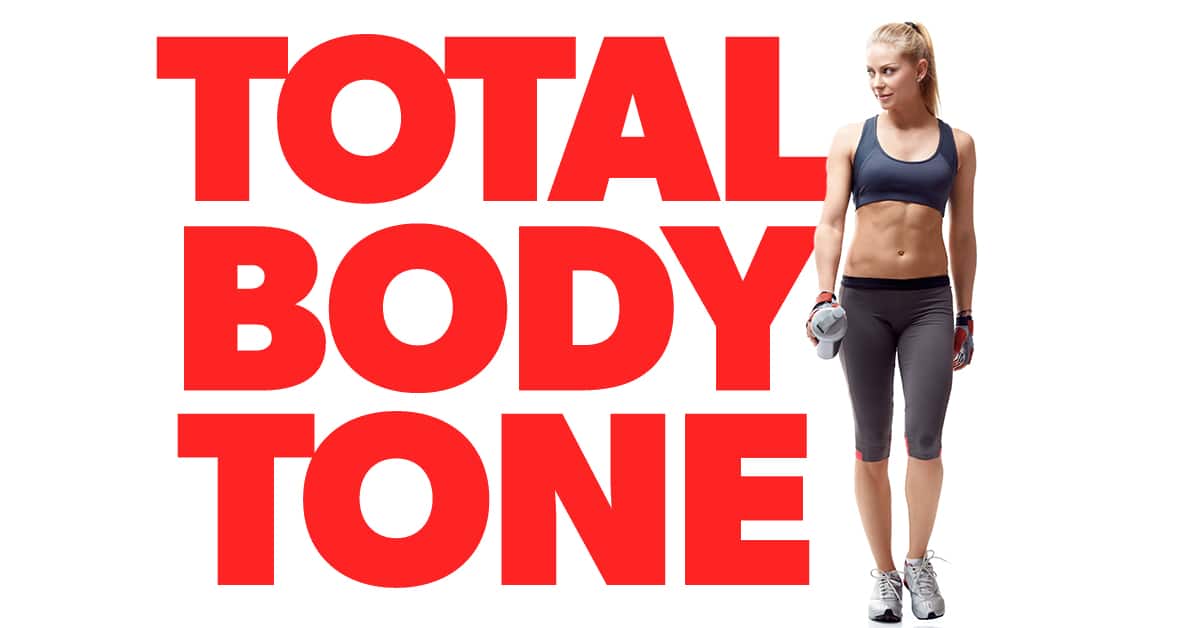
When you hear the word “cardio,” what do you think of? Does your heart start racing out of excitement, or dread? Does it bring back painful memories of being forced to run a mile in gym class during elementary school, a spinning class someone dragged you to, or a 5k you signed up for and later wished you hadn’t?
Whatever ideas cardio brings to your mind, heart or physical body, you probably know that it’s good for you, it’s a healthy habit, and for most people, it’s something that you should be doing more often.
If you’re an exercise novice or you’ve been fitting runs into your life for years, you might need to brush up on cardio, along with thinking of new ways to build it into your schedule. Keep reading for more background on cardio, its importance, and exciting ideas to spice up your exercise routine.
What is Cardio?
The word “cardio” is an abbreviation short for “cardiovascular,” typically referring to cardiovascular activity, exercise, endurance or even health. The word breaks down into two parts combining “cardio,” meaning heart and “vascular,” related to the blood vessels in the body.
You might hear your doctor tell you to “get moving” or “get the blood pumping” – and there’s a reason for this!
Cardiovascular activity, or cardio, raises your heart rate and sends blood throughout the body in order to complete the movements. Cardio also causes you to breathe faster, to send oxygen, carried by your blood, to the parts of your body that you are using and moving.
If you’re out of shape or low on the nutrition your body needs, you may have noticed yourself feeling “winded” or out of breath when you climb stairs to carry a heavy object from one area to another. This may be because you haven’t been engaging in cardiovascular activity, so your heart has a harder time adjusting to the extra work of sending blood to your leg muscles to climb stairs, or to your arms when carrying a heavy object.
To be considered cardio, an activity can’t just raise your heart rate. It needs to significantly increase your heart rate to moderate or vigorous levels.
If you think back to a time where you jogged to catch up to someone or played a sport with friends, you can likely remember the feeling of breathing hard or needing to stop to catch your breath. This is because cardio activities are hard work for the body! Read on to learn more about why this hard work is actually good.
Why cardio is important
Most of us know that we should do more exercise and get our heart rate up. From the time we’re young kids, our parents, doctors, and teachers all tell us that we need to play outside and stay active. But it’s critical to understand the benefits of cardio and how it helps our body, so that we can stay motivated to ensure we are doing it.
As we mentioned, cardio forces the heart to pump blood throughout the body. The heart is actually a muscle, so the additional work it engages in throughout cardiovascular activities helps to make the heart stronger.
Just like any of your muscles, hard work – think of lifting weights for your biceps, or squats for your quadriceps – actually breaks down those muscle fibers so that when the body repairs itself, it builds back those fibers stronger than before. (This is why rest days within a strength training schedule are so important – you need to give your body time to rebuild!)
Doing cardio regularly has many other benefits in addition to heart health. Cardio helps to lower your blood pressure, improves mental health by sending endorphins to the brain, and improves sleep (as long as you don’t raise your heart rate too much right before bed!).
Most experts recommend around 150 minutes of moderate cardio or 75 minutes of vigorous cardiovascular activity each week. Each individual can judge for themselves the best way to divide up this time. You might choose to spend 5 days a week engaged in 30-minute bursts of moderate activity, or 3 days a week engaged in 25 minutes of vigorous activity, depending on how long you can spend at once and the level of activity you want to engage in. You might want to do a lower impact cardio exercise more times, or a higher intensity bout of cardio fewer times in the week.
As helpful as cardio is for your health, the flip side is also true: not doing cardio has some serious negative health effects. Leading a sedentary lifestyle, such as sitting at a desk all day without raising your heart rate at all, can cause serious detrimental side effects for your health.
According to the World Health Organization, 60 to 85% of the world’s population lead what is considered a sedentary lifestyle. Unfortunately, this drastically increases individuals’ risks of a variety of diseases, including heart disease, certain types of cancer, and mental illnesses.
What are some examples of cardio?
Let’s explore some of the activities that can be considered cardio. You might be very familiar with some of them, but you might not have considered some of the others.
Running
Some might consider running the “textbook” example of cardio exercise. Running can be done on a treadmill or in the great outdoors during nice weather. It’s an incredibly flexible activity, in that you can choose your pace and your distance. You can jog slowly, then work in some shorter, higher-intensity sprints, and even work your way up to a faster pace of a 10-minute mile, 8-minute mile, or quicker!
Dancing
This may surprise you, as you might not have thought about dancing as cardio, but moving your body to the music is an excellent way to raise your heart rate and have fun. If you’ve ever gone out dancing with friends, you might have noticed yourself getting out of breath from jumping around or moving briskly. Or you might have been having so much fun that you didn’t notice your elevated heart rate at all! This makes dancing a great form of cardio, and if you’re not comfortable with anyone else seeing your moves, you could get your heart rate up dancing in the privacy of your own room, with your door closed to the rest of the world.
Biking
If you’ve spent time biking outdoors or on a stationary bike – one that is mounted in place – indoors, you have likely seen how this activity can get your heart rate up as you go faster in short bursts, or to bike up hills. Biking is a great way to enjoy the great outdoors while getting your cardio in, or to catch up on your favorite TV show or podcast, if you’re biking in place.
Swimming
If you don’t mind getting your hair wet and have access to a pool, swimming is a fun form of cardio. Because you’re using your whole entire body to propel yourself through the water – arms, legs, abs, and more – your heart rate will be high and you’ll have fun.
Jumping Exercises
Many of us haven’t jumped on a trampoline or played double Dutch since we were kids, but these activities are fun, and they are great cardio. If you have access to a space to engage in jumpwork, which is common in Crossfit and other gyms, you might already know that jumping for any amount of time will help your heart rate to skyrocket, and help you to have fun.
Creative ways to build more cardio into your daily life
Let’s explore a few ways to fit more cardio into our lives because the odds are good that we could all use a little more.
Playing games with a group
Even if you don’t consider yourself a “sports person,” you could most likely find a group activity to engage in with your friends, one that you find enjoyable and that gets you some great cardio. Try something new at a local park or a community center, like racquetball or pickleball, both of which force you to run to hit the ball back to your opponent. Pick up a game of basketball with a few pals, or try your hand at soccer by joining a team. Having people to do these things with brings some accountability and makes cardio more fun.
Build in short bursts of activity into your day
We already talked about how harmful a sedentary lifestyle can be. If you own a smartwatch, it may already be set to remind you to stand up periodically or recommend that you take a certain number of steps each hour. These reminders can be great opportunities to get some cardio in by doing jumping jacks, running up and down stairs if you have them in your home, or taking a quick dance break. Even if you just get that heart rate up for five to ten minutes at a time, you’re working your way toward that goal of 150 minutes of moderate activity for the week.
Find an activity that you enjoy
We’ve already mentioned a few uniquely fun activities like dancing and swimming that raise your heart rate. Enjoying exercise is an incredibly individual experience, so you should find what is right for you – and that might mean trying something new! If you’ve never gone rock climbing or tried the rowing machines at the gym, you might be missing out on something that you find fun and that you can’t wait to do each week.
As exhausting as parenthood can be, encourage your children’s imagination by running around with them playing games or acting out scenes. And plenty of video games help you get your cardio in, like interactive sports games or dance-based video games. Get active by playing these! Find what you love and do it incessantly; the time will fly, and you’ll be healthier.
Disclaimer: Always consult your physician before beginning any exercise program. This general information is not intended to diagnose any medical condition or to replace your healthcare professional. Consult with your healthcare professional to design an appropriate exercise prescription.





